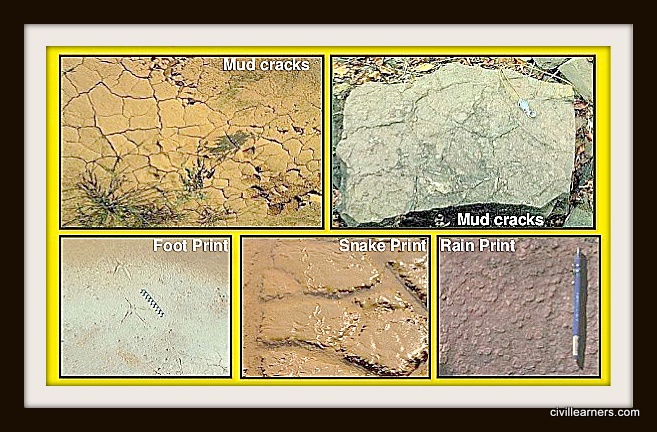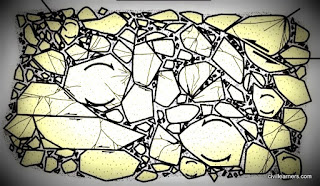Types of rock structures :
Definition:
The design and structure of the rocks is defined as the nature and properties of the rocks from the respective minerals and rock formations. The texture is characterized by its shape and minerality; The structure, characterized by its alignment, consists of rock elements.
Following are the different types of rock Structures:
1) Compact crystalline:
The finer grains or particles are held together in the form of compact quartz, e.g., marble, quartz, etc.
2) Conglomerate:
The grains are rounded in different sizes. Grains are cemented by some binding material.
3) Foliated:
In this type of design, the arrangement of minerals is in the form of parallel layers.
4) Glassy:
It is like glass without any crystal.
5) Granular crystalline :
Crystals are of similar size. They are separate. But binding materials are held together by some sandstone, gneiss, etc.
6) Pisolitic :
The grains are large in size and they are as large as peas.
7) Porous granular:
Grains are in the form of irregular minute particles and the rock with such texture reduces the durability.
8) Porphyritic:
In this type of design, one or more mineral crystals are large and predominant.
9) Vesicular:
This texture is indicated by some small irregular cavities on a rock surface.
Also Watch:
Also read: Quarrying of stones
Fracture of a rock:
According to the obtained surface, when the rock is broken, it indicates its fracture. For cleavage rocks, breakage must be done in a direction other than cleavage. The fracture of the rock helps determine its design. Fracture surfaces are often irregular.
Their different types are as follows:
1) Conchoidal:
2) Earthy:
It resembles earth, e.g., chalk.
3) Even:
The fracture surface is more or less plane. Such a fracture denotes crystalline texture.
( 4) Fibrous:
The fracture surface is as fibrous as the case of asbestos m.
5) Hackly:
It indicates a rough and broken surface with sharp corners.
6) Uneven:
The fracture surface is rough with minute height and depression. Such a fracture may indicate granular texture.
Thank you guys for reading this article.



